Zanzibar, the semi-autonomous Indian Ocean archipelago, is a melting pot of African and Indian influences. Find out what to see and things to do in this unique Tanzania destination.
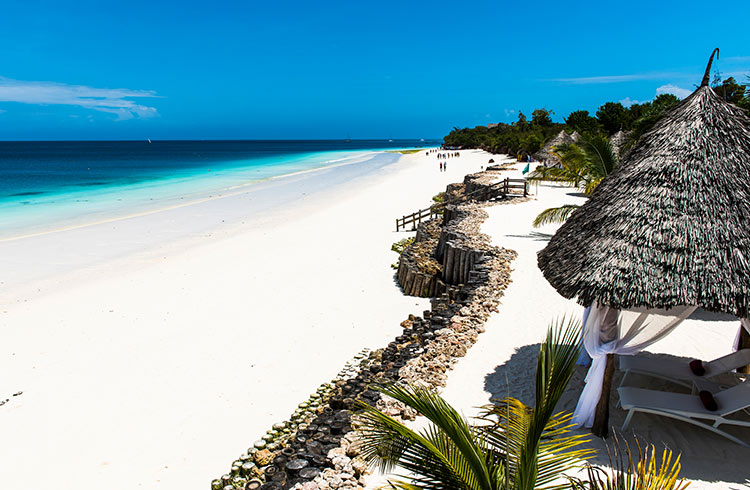 Photo © iStock.com/asmithers
Photo © iStock.com/asmithers
Zanzibar’s epic history of maritime trade, royal ruins, and political intrigue continues to draw travelers to its shores. Made up of many small islands and two larger, main islands, Unguja and Pemba, Zanzibar is the heart of Swahili culture in Tanzania.
- Swahili culture and tradition
- Getting to and around Unguja
- Food and nightlife in Zanzibar
- Connect with the locals
- Explore historic Stone Town
Embrace Swahili culture and tradition
Zanzibar prides itself on its pole-pole (which translates to slowly-slowly) philosophy, so slow your pace and get on island time. Respect the ubiquitous call to prayer from mosques that dot the predominantly Muslim archipelago.
Learn about Zanzibar’s fascinating history, from the 10th-century Shirazi settlers to the Royal Sultans of Oman who ruled from 1698 to 1913, when the British took over administrative rule. Honor Islamic traditions and values by wrapping yourself up in a colorful kanga (traditional dress) or wearing a hand-embroidered
Getting to and around Unguja
Unguja, the main tourist island, is home to Zanzibar’s evocative capital Stone Town, a World Heritage city. Hop on a fast ferry from Dar es Salaam, Tanzania’s bustling cultural capital, and take in Stone Town’s stunning cityscape of Omani and Indian architecture, with its dramatic tea houses and grand verandas, as you approach Unguja’s shores. Or fly over turquoise waters, onboard a propeller plane, to Abeid Karume International Airport, Zanzibar’s own airport with major airlines making frequent stops.
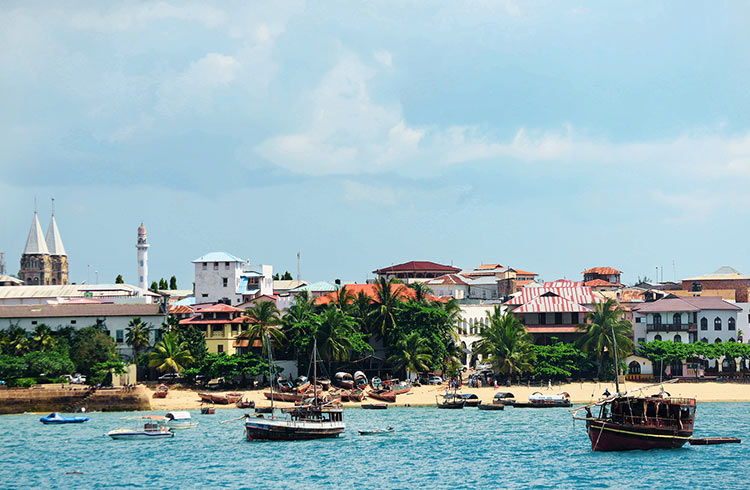
Explore Zanzibar the local way, by squeezing inside a packed dala (minivan) – it’s the cheapest adventure, riding along with babies, buckets, and chickens. Or rent a piki-piki (scooter) to roam off the beaten path. There’s also a range of taxis, but Bluebikes Zanzibar, a social enterprise of Kawa Training Center in Stone Town, makes exploration by bike a breeze.
Enjoy Zanzibari food and nightlife
From fresh-grilled fish to savory-spiced coconut curries, Zanzibari food is an eclectic mix of Arabic, Indian, Asian and African flavors. Nightlife often centers around the joy of eating and socializing, never too far from a sea breeze.
Catch a spectacular sunset by rooftop-hopping from Emerson Spice, a historic, 19th-century townhouse, formerly the home of Mwenyi Mkuu (the last Swahili ruler of Zanzibar) and now a hotel with rooftop restaurant, to the ornate Emerson on Hurumzi with its Rooftop Tea House restaurant, high above Stone Town, amongst the mosque minarets, temple towers, and church spires.
Wander to Forodhani Park on the seafront to try something special at the nightly food market.
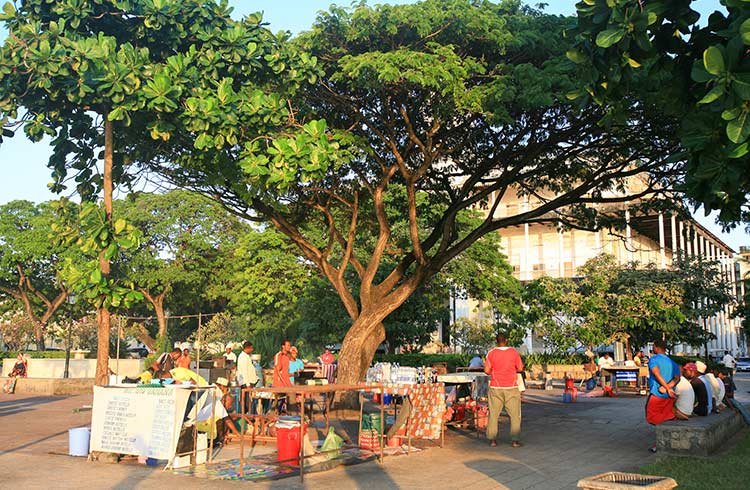
Slurp on a bowl of the ubiquitous spicy
For a great night out, stroll along the new palm-lined promenade to the Dhow Countries Music Academy for a weekly concert showcasing the local musical styles of Taarab, Kidumbak, and Swahili fusion.
At Mustapha’s Place in Bwejuu, on the island’s southeast coast, sit around a communal fire under a star-filled sky, sip on a cold Kilimanjaro beer, and listen to old-school reggae beats.
Connect with the locals
In Kizimkazi-Dimbani, at the southern tip of Zanzibar, visit the 12th-century mosque with its Kufic engravings, and explore the bay to glimpse traditional fishing dhows docked while fishermen untangle their nets. If you’re lucky, you’ll catch a glimpse of majestic dolphins in Kizimkazi-Mkunguni near Menai Bay, but avoid predatory, unethical dolphin tours.
The Paje Seaweed Center runs tours to connect visitors with local women who rule the seaweed farming industry. Hang out at Mr. Kahawa Cafe and chill with kite-surfers while sipping iced espresso. Sail through the Blue Lagoon near Dongwe to snorkel in pristine waters, while your captain entertains you with local lore.
Explore historic Stone Town
All roads lead to Jaw’s Corner, the city’s heartbeat, where locals lounge on the
Bustling Darajani market spills over with medicinal herbs, fresh spices, heavenly halwa (dessert), colorful textiles and scarves. For antiques, head to Al-Tamimi Curio Shop on Sokomuhugo. Check out local merchants Inaya Zanzibar for natural beauty remedies or Surti & Sons for handmade leather sandals and bags.
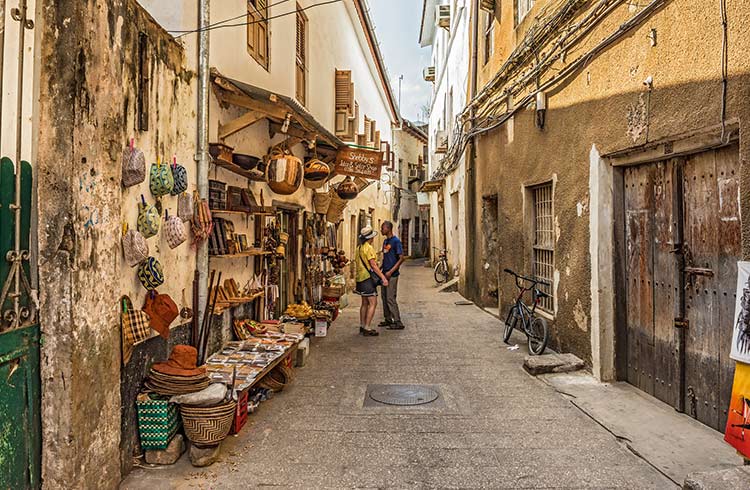
Take a walking tour
Want to find out more about Tanzania? Listen to the World Nomads podcast. Hear about the wildebeest migration, rated as one of the world's most spectacular natural events, what it means to smell popcorn on safari, and traveling with a disability.
Related articles
Simple and flexible travel insurance
You can buy at home or while traveling, and claim online from anywhere in the world. With 150+ adventure activities covered and 24/7 emergency assistance.
Get a quote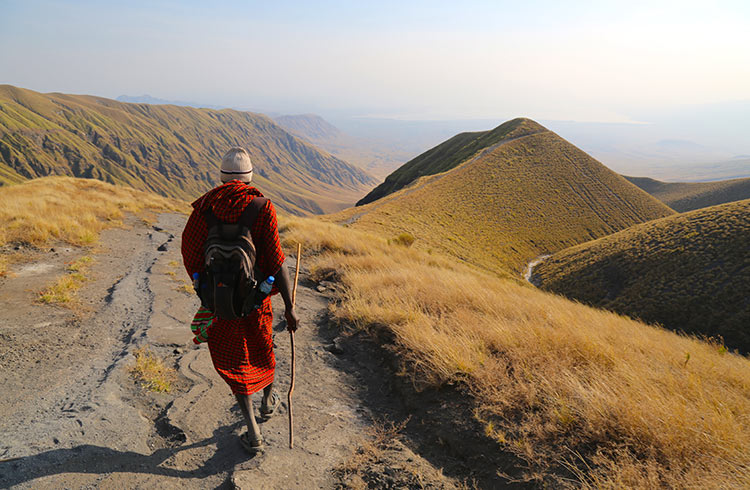

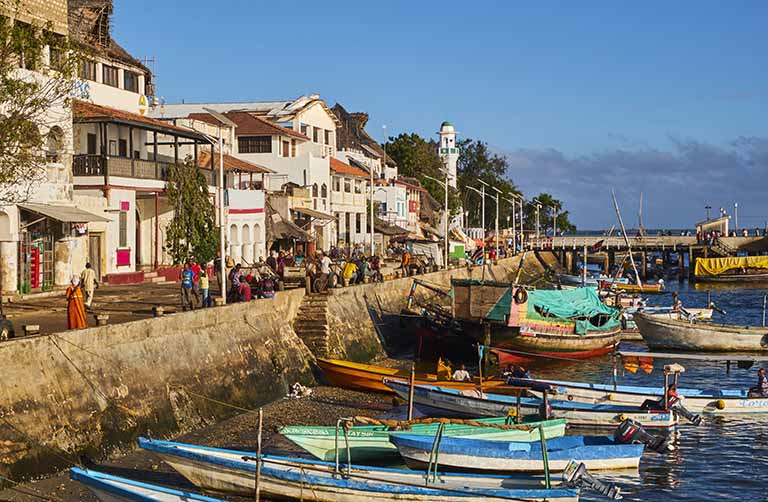
1 Comment
Great post! I will be using some of your tips during my stay at Clove Island this year ^^